Dancer Kelsey Rohr reflects on Joshua L. Peugh’s new The Rite of Spring premiering this Friday in Dallas.

So, I just cut my hair. Short. Like really short. As in I-feel-like-I-need-to-wear-pink-because-I-look-like-a-boy short. And, honestly, I really love the concept of it: low maintenance, quick drying, inexpensive. But, in reality, I’m still getting used to it. It took a great leap of feminine faith for me to chop it off and only twenty three years of existence to feel comfortable enough to go through with it. Any sooner and my high school years would have been spent a little differently. After all, this tomboy trim would have been what Regina George could compare to joining the “Mathletes” in high school—“social suicide.”
Lately, we’ve been quoting Mean Girls a little too much in rehearsal. I think being asked to channel our inner high schooler in Joshua L. Peugh’s new The Rite of Spring brings out the “She doesn’t even go here!” references in all of us. With the iconic (and overwhelmingly complex) Stravinsky score, The Rite of Spring celebrates a rebirth of seasons. The narrative features one “Chosen One” who is plucked from the group as a sacrifice to the gods of spring. Characteristically blooming with the ideas of virginity and lust, the piece has multiple versions made by many different choreographers. For the March 4th Dallas premiere and the April 29-May 1st Fort Worth runs, Josh chose to tackle a new version of The Rite of Spring, selecting a setting that definitely suits the birds and the bees of springtime. It is one where you can hear the hormones buzzing from a football field away: a 1950’s prom night.
As I dancer, I am asked to recollect my teenage years. I remember sharing code names for crushes with my best friends, sitting in segregated social circles that presented themselves in the cafeteria lunch tables, and feeling way too desperate as I waited for anyone with male parts to ask me to prom. Josh has a unique way of physicalizing all these memories. Within the first chords of the music, we separate into cliques. Boys versus Girls. “You can’t sit with us!” Instantly, I am back in high school searching for a date. As we pair up, I am pulled, whipped, and slung across the room. The men’s manipulation over the women is apparent yet there is still an angsty, sexual energy that causes the women to run back and attach themselves to their date once again.
Even with all of this, the real question driving the dance is: “Who will be prom queen?” Here, this 1950’s version has a modern twist. With one woman dressed as a man and one man dressed as a woman, Josh dances with society’s current fascination with drag and the transgender movement. The connection is subtle at first but a gradual shift in partnering and gender pairing creates tension that leads to a solo and eventually a “social suicide.” A combustion of dance and sounds closes the ballet, crowning the title of “prom queen” with a completely new meaning.
With the premiere less than a week away, I am still learning and understanding what this new meaning entails and how it relates to my character in the work. But, suddenly, I am finding that my new hairdo feels a lot more relevant. To me, it has become a small-scale test of my own gender identity that has allowed me to reconnect with all my petty high school insecurities. Suddenly, I am the new girl, Cady, from Mean Girls: trying to fit in with a clique, only wearing pink on Wednesdays, and secretly hoping to be crowned high school prom queen.
GET TICKETS TODAY: http://www.darkcirclescontemporarydance.com/upcoming.html


